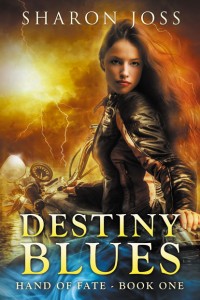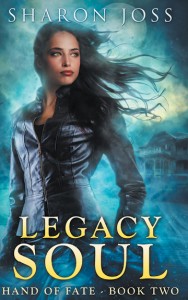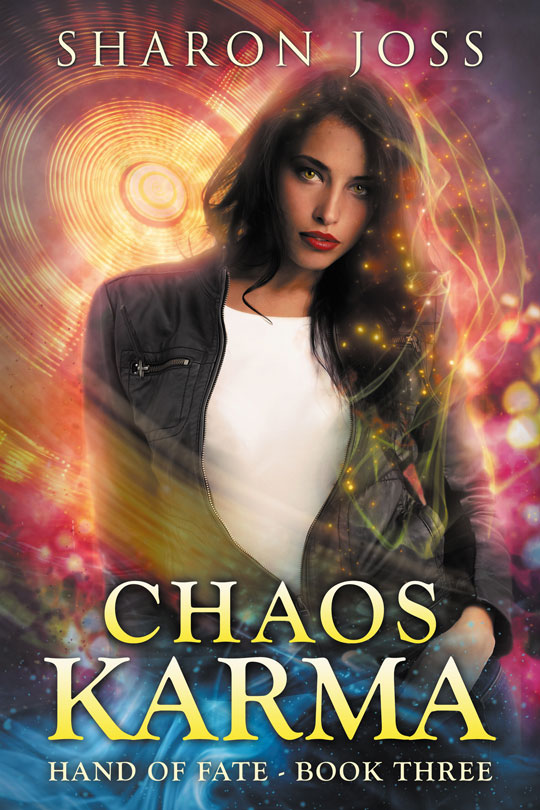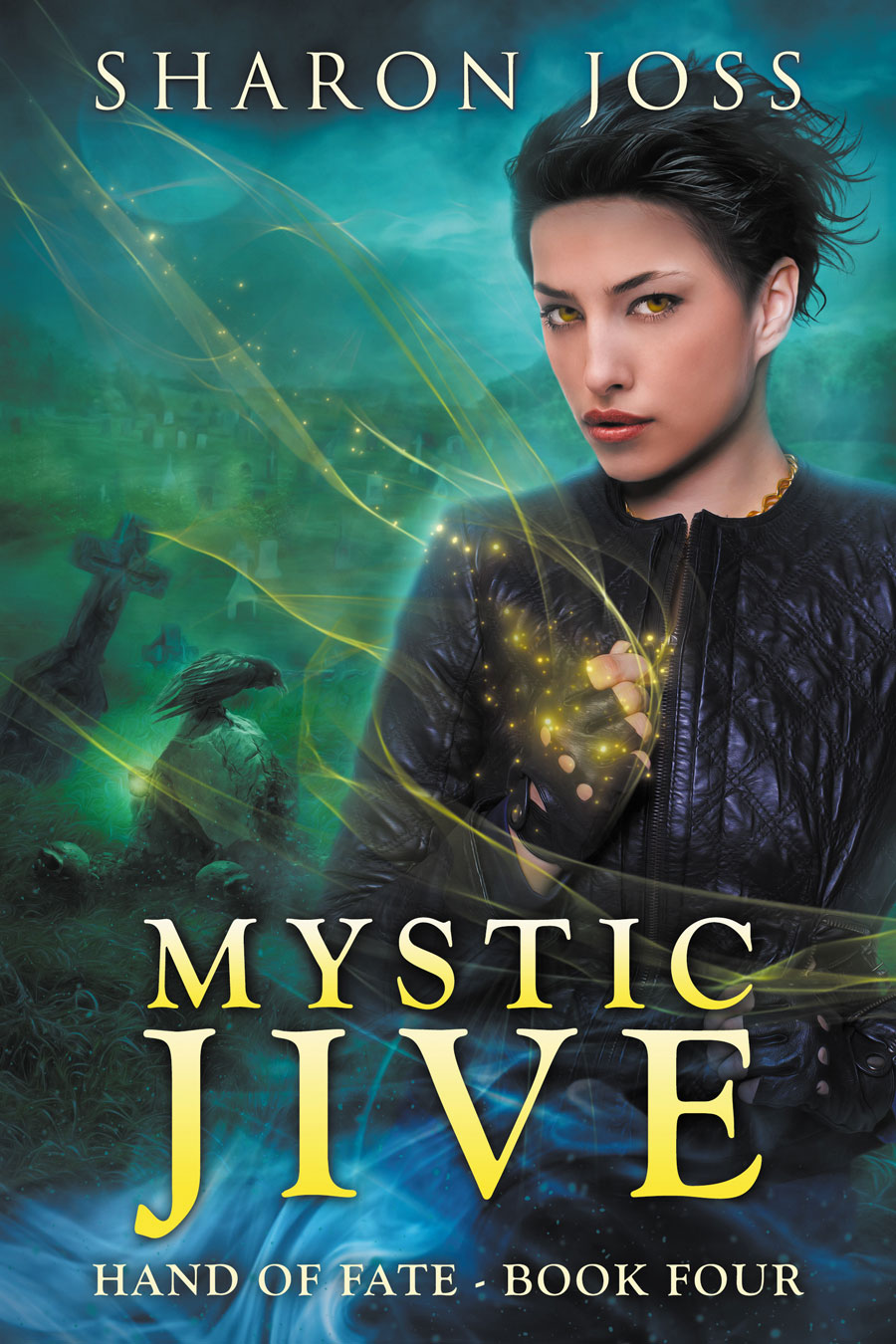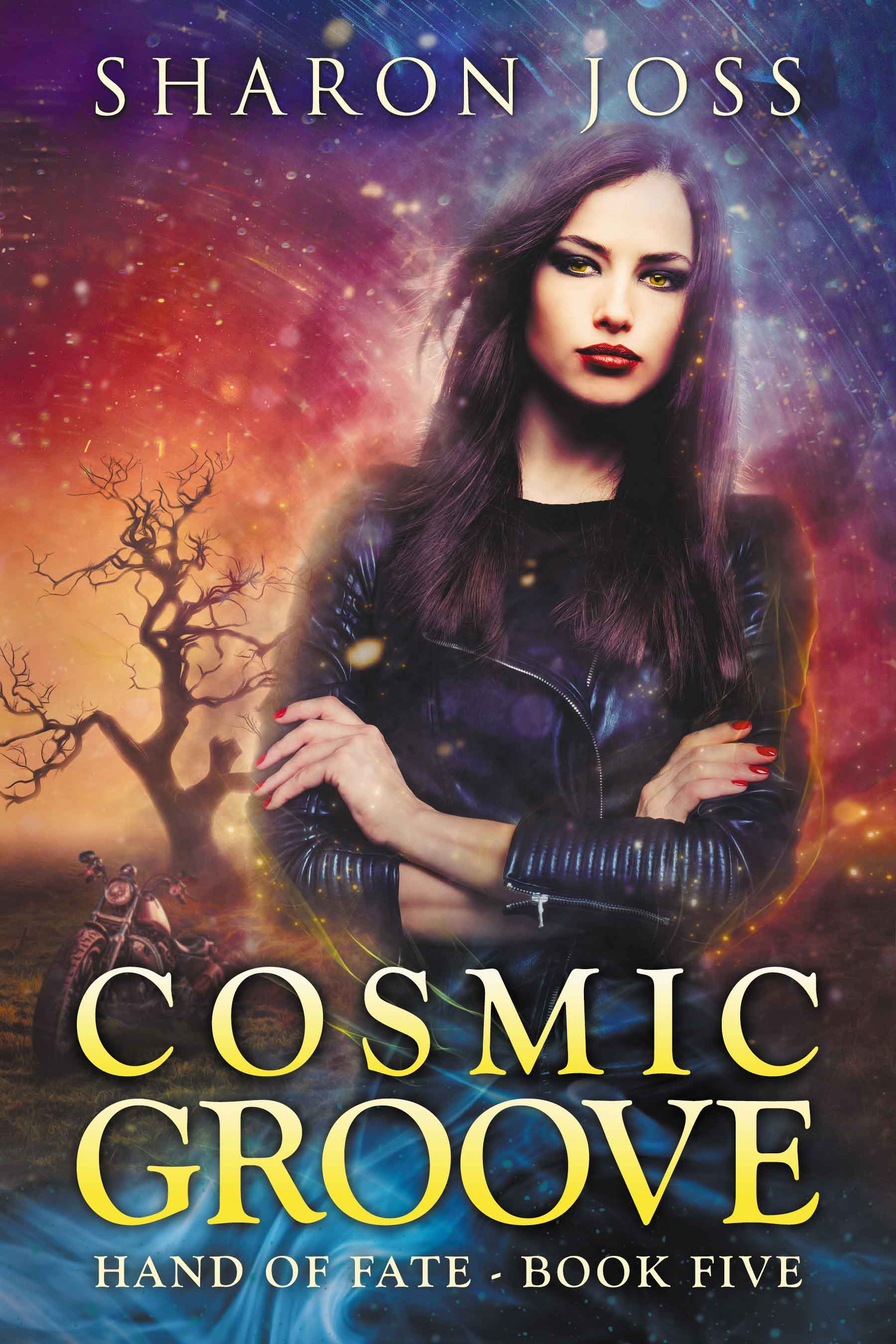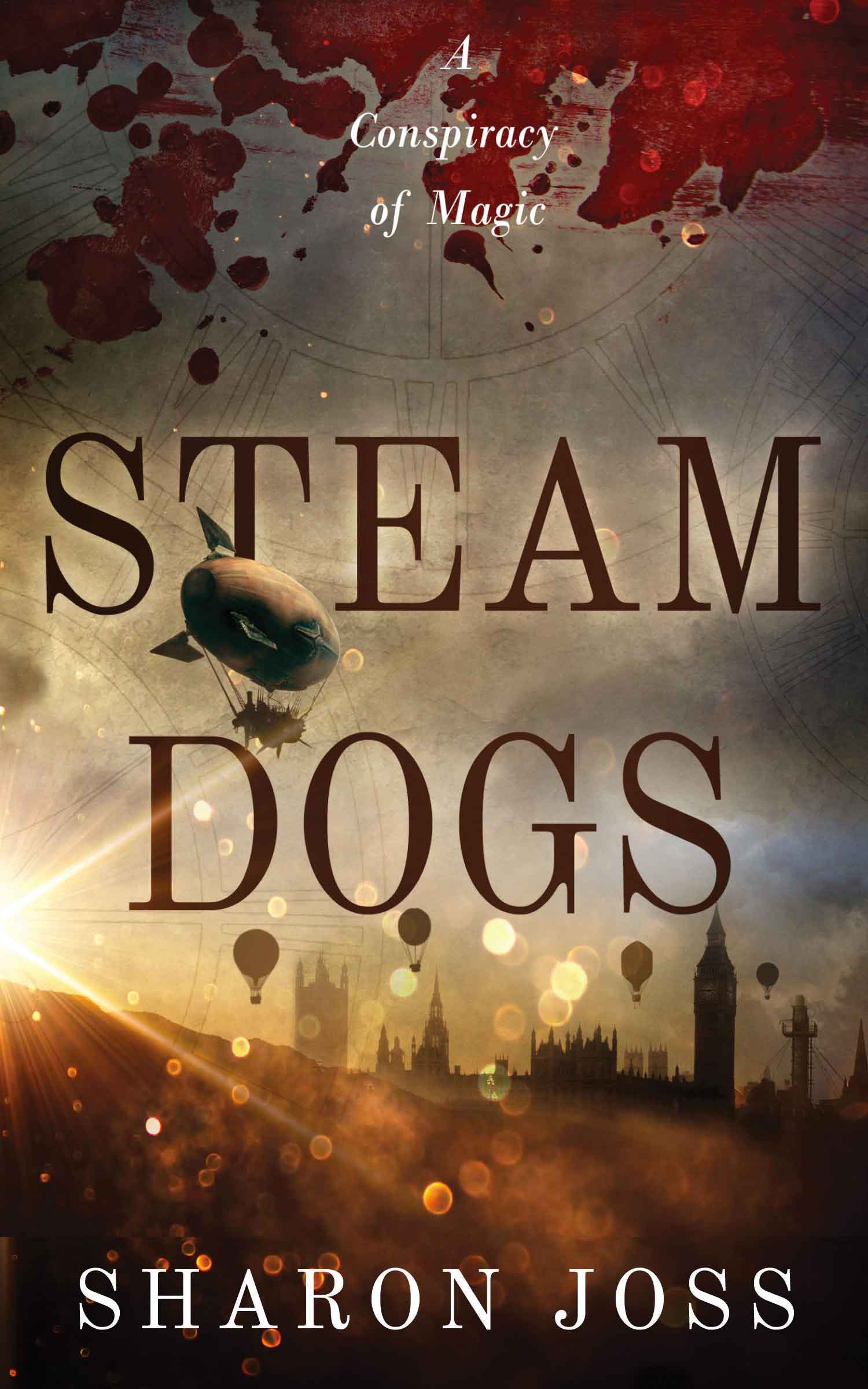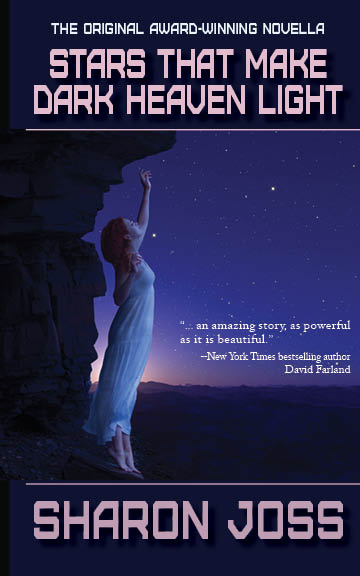As I mentioned earlier, I attended a Robert McKee ‘Story’ seminar this month. Although his focus was geared toward screen writers, many of his ideas work for the novelist as well. Fundamentally, McKee insists that every story is a series of choices which take place between events (or turning points) which result in physical or verbal action.
These turning point events result in meaningful change (through conflict) in either the story world or the character. The audience, he contends, focuses on these moments of change. The change cannot be trivial, must be felt by the reader, and have a measurable ‘value’. Typically, this might mean the introduction of a new character, the start or end of something, or when something is added or taken away. McKee also believes that the core value of each scene should switch from positive to negative (or vice versa, depending on the previous value of the scene), and in order to keep the audience’s attention, every scene should have at least one turning point.
For example, in a love story, the core value of the main plot is ‘love’. In the opening scene, perhaps the boy is in a negative value where love is concerned, and when he meets the girl, the value changes to positive (their mutual attraction). Then as the classic plot continues, boy makes choices to get the girl, then loses girl, and the value switches back and forth until the scene is where the lovers fall into each other’s arms and the love value pivots again to a positive turning point. Similarly, the subplot scenes would be woven into the overall plot, each with their own core value and positive and negative turning points. As the character makes minor changes as a result of these turning points, they gradually build to more moderate character change at the end of each act. The suspense inherent in each character’s decision as a result of the choice he/she must make keeps the audience from dropping out of the story. By the time the story reaches its final climax, the characters have been transformed through irreversible change (the lovers either do the happily ever after or perhaps go the way of Romeo and Juliet), and the audience has been there every step of the way.
As examples of this idea, McKee examined the plot values for Argo (freedom/captivity) and Silver Linings Playbook (love/control), and everyone in class was pretty amazed at how clearly the screenplays illustrated his point. It sure changed the way I look at scenes.

